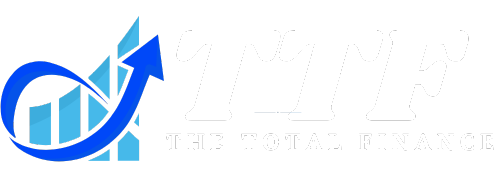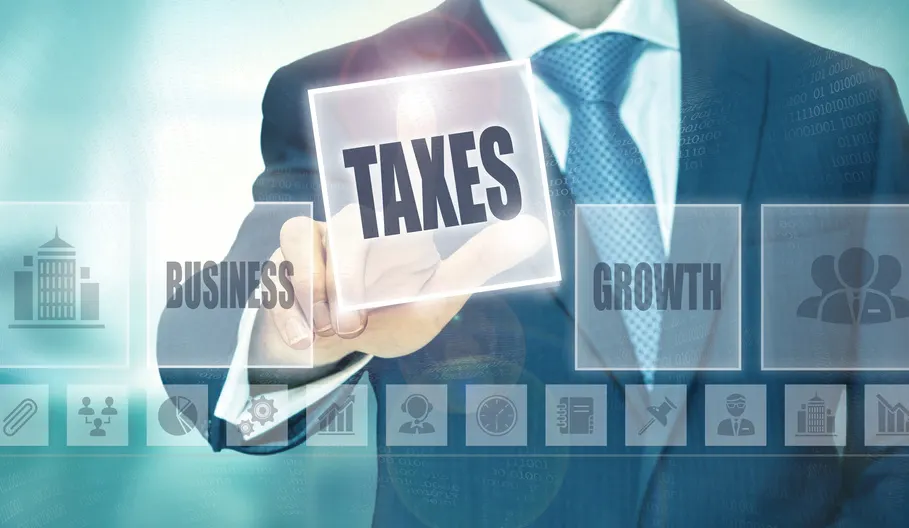When it comes to accumulating wealth, tax savviness when investing is a major strategy you need to adopt to retain most of the yields. But since there are so many account types, it becomes very confusing as to whether choosing a tax-free or tax-deferred investment account is more suitable for your investment needs. It is crucial, therefore, to have a clear distinction between these two for any investor intending to optimize tax-sheltered investments for the sake of realizing minimal taxes in the long run.
Understanding Tax-Free Accounts
Tax-free accounts include only Roth IRAs, as well as Roth 401(k)s; money can only be deposited into these accounts post-taxes. Currently, they only contribute to the account and the taxes on it, but the money invested, including earnings, will not be taxed, or, in principle, the client will not pay taxes on the withdrawal at the time they are a pensioner. The benefit of it is that no matter how much money you make or how frequently your bank statement has withdrawals, the money will not be counted in your regular taxable income, which may prove a blessing when reaching the age when one is taxed in a higher bracket. Many young investors or people who expect higher income in the future would prefer to make their investments in a tax-efficient manner, in a way in which the taxes on their investments are determined at today’s rate and can stay intact for several decades without any changes.
It is also highly effective for tax-efficient savings since there is no uncertainty of future tax rates in tax-free accounts. At least they know the cost at the start, and all the earnings derived from the investments made are maximally retained. For the long-term accumulation of wealth, it can be one of the most effective opportunities that can help minimize taxes.
Exploring Tax-Deferred Accounts
The concept of tax-deferred accounts like IRAs, 401(k)s, 403(b)s, and Fidelity 401(k)s is different. Here, you access the workplace with money before taxes and thus can lower your taxable income in that particular fiscal year. Your investments then compound on a tax-sheltered basis, so even the interest, dividends, and other forms of income are not taxed until you take your money after you have retired. Withdrawals are considered as ordinary income tax at this stage.
This type of investment is especially helpful for investors who believe that they will be receiving lower income or less income during their retirement. This is because taxes encourage you to invest more money and hence be able to earn more interest when you cash out than if you had done it individually without the bearer’s help. It should further be noted that tax-advantaged accounts are also popular with most investors, as they form part of many employer-sponsored retirement plans.
Comparing Tax-Free and Tax-Deferred Accounts for Tax-Efficient Investing
Use of tax-free and tax-deferred investments is common, and both of them are very useful as far as using taxes to invest is concerned. The main difference is only in the time of taxation- now or later. For tax-free accounts, the taxes are paid at the time of contribution, while both growth and distributions are tax-free. In tax-deferred accounts, you can avoid paying taxes up to the time when one quits working, which can be more advantageous in the later years.
Diversification is also an objective of tax-efficient investing. Another factor that an investor can use in the identification of the most favorable countries is portfolio diversification. This way, you will diversify between the tax-sheltered and tax-advantaged accounts because the tax and income prospects are unpredictable. This way, you are allowed to withdraw from different accounts in retirement while managing your taxes every year and, therefore, get the maximum after-tax income.
How to Choose the Right Account for Tax-Efficient Investing
Thus, it is important to decide which account to opt for while implementing the tax-efficient strategies, depending on several factors.
- Your current and expected future tax brackets
- Your investment horizon
- A payment method that allows you to be prepared for flexible withdrawals.
- Your employer-sponsored retirement plans, including 401(k), 403(b), or Fidelity 404(k) and the like.
Preferably, tax-free accounts are highly advantageous when you’re young or when you expect your income to increase in the future. Tax-deferred accounts may benefit a person who is in their prime earnings or income-earning years and has little concern about a lower taxable income at present. Some of the experts have suggested that for an investor to enjoy the benefits of both, it is prudent to use a combination of the two to have flexibility and maybe control the tax options in the later years of retirement.
Best Tax-Advantaged Investments for Tax-Efficient Investing
Still, some investments are always going to be more effective in terms of taxation, regardless of the type of account you have. Hence, some of the best tax-advantaged investments include index funds, ETFs, municipal bonds, and tax-managed funds since they are known to create few taxable events and may even offer further tax incentives. Maximizing the value of your tax-sheltered space by putting variable returns in taxable areas and tax-advantaged returns in tax-deferred areas provides substantial value to tax-efficient investment strategies.
Final Thoughts
They start with the idea that tax-efficient investing is not just in the choice of investment in stock or a specific fund, but it is related to the choice of the accounts as well as the techniques that will reduce the final tax payable and, in turn, increase the after-tax returns. No matter if you are using only tax-free or tax-deferred options or both, you should be wise while choosing them. With these ideas of the different types of accounts, it is easy to realize how a portfolio will compound, work towards retirement, and keep most of the money earned working for the individual in the long run.
In other words, tax-wise investing is all about having the right approach when it comes to investing according to one’s capacities and, further, ensuring that the chosen strategy contributes to the diversification of the investment portfolio while at the same time assuring the investor about his/her financial future.








